Interviews
Changing fortunes of "identity art"
When I first came out, when I first came out doing it, again, it was hip in the art world to do identity studies in the early ‘90s. It was a big thing, and now it’s not as big a thing, in terms of what’s selling, in terms of the commercialism of artwork. But I would argue that it’s equally if not more important because it’s not in the conscious mind of what’s being put out there.
So for instance, I wanted to bring out an artist who did big identity work—Albert Chong, a Hapa artist from Jamaica who’s this amazing photographer—and I nominated him to come out as visiting artist and I said he does all this work about identity, and it got rejected in the first round because they said “Well, identity is not that hot of a topic right now.” And I had to write, “How can you say this?! This is college! This is students leaving home for the first time! How can you say identity—”
And they brought him out and he was this huge success. I mean, students loved him because he was talking about how it is you have every right to talk about your own processes, like the way you celebrate holidays, the way that you eat food, the way you relate to people, what you’re attracted to—that’s okay to talk about. So it’s changed, but we have to fight to keep it going.
Date: May 3, 2006
Location: California, US
Interviewer: Jim Bower
Contributed by: Watase Media Arts Center, Japanese American National Museum.
Explore More Videos
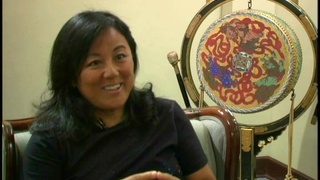
Feminist, ecologist, Buddhist… activist (Spanish)
(b. 1962) Peruvian Poet, Okinawan descendant
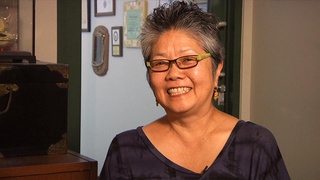
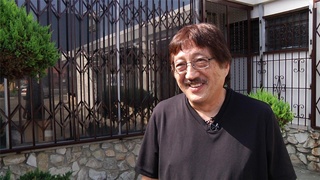


Try to be a bridge between both countries
(1919-2020) Member of the 1800th Engineering Battalion. Promoted Japan-U.S. trade while working for Honda's export division.


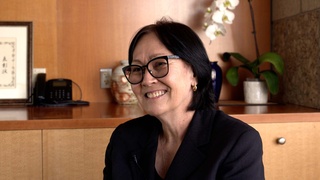
Sexual Orientation as a Youth
(b. 1957) Jusice of the Supreme Court of Hawaii.

What I wanted to pass down to my children (Japanese)
(1928 - 2008) Drafted into both the Japanese Imperial Army and the U.S. Army.
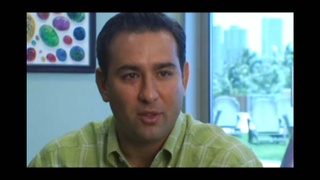


Never feeling discriminated against in Hawai‘i
Hawaiian businessman, developer.

Becoming the First LGBTQ Judge to Serve on the Hawaii Supreme Court
(b. 1957) Jusice of the Supreme Court of Hawaii.

Impact of Coming Out Publicly in the US and Japan
(b. 1957) Jusice of the Supreme Court of Hawaii.

Proud to be Japanese Americans
(1938-2020) Japanese American attorney and civil rights activist
